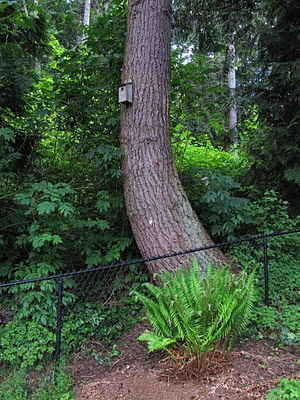On a recent trip to Pensacola Beach, I was amazed at how truly white the sands are on this stretch of the Gulf Coast. I grew up on the light ruddy brown sand beaches of southern California, refreshed as they are from the crystalline rocks of the Transverse and Peninsula Rages, until recently (geologically speaking) sand delivery was somewhat hampered by flood control efforts. I now live near the shore of the gray sand beaches of Puget Sound, supplied nonstop by eroding bluffs of glacial outwash sands. The sands of the Gulf Coast beaches were formed from the wearing down of the Appalachian Mountains, which began their rise some 480 million years ago. The Gulf of Mexico opened up some 300 million years ago. The rivers in this neighborhood stopped bringing sand some tens of thousands of years ago. In sort of a reverse of the Bowen's reaction series, the other mineral grains (e.g. olivines, pyroxenes, amphiboles, mics, and feldspars) weathered and wore down to miniscule particles leaving the highly resistant quartz grains. This reversal is known as the Goldich dissolution series. The sand here is almost pure quartz, blindingly white when massed as an endless Gulf Coast beach.
I did see some Deep Horizon oil spill cleanup crews patrolling the beaches in ATVs and just offshore in small skiffs. I didn't see any evidence of oil spill during my brief beach walks. I'm sure the oil is out there somewhere lurking.
Breathe in, breathe out
1 hour ago





































